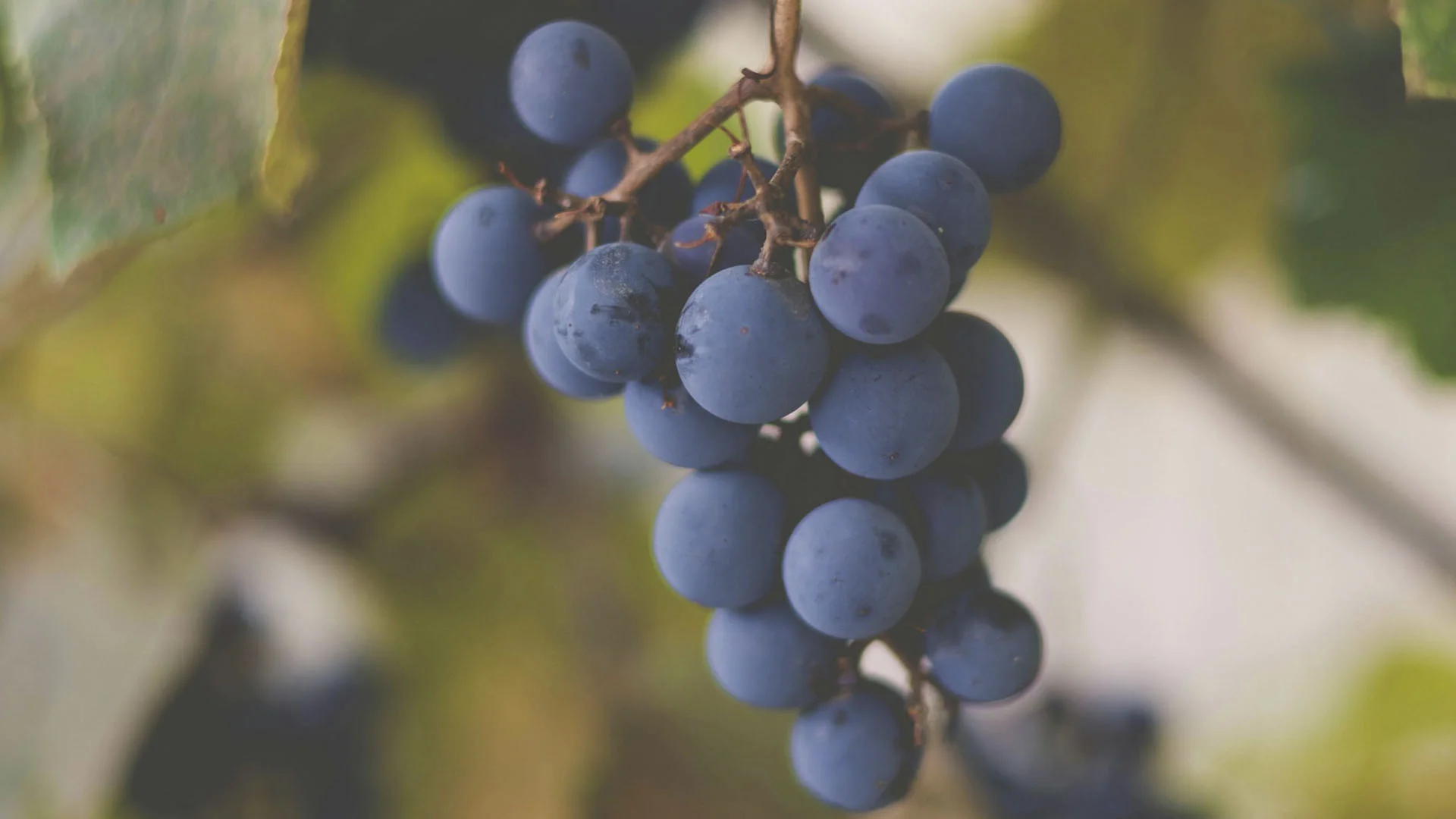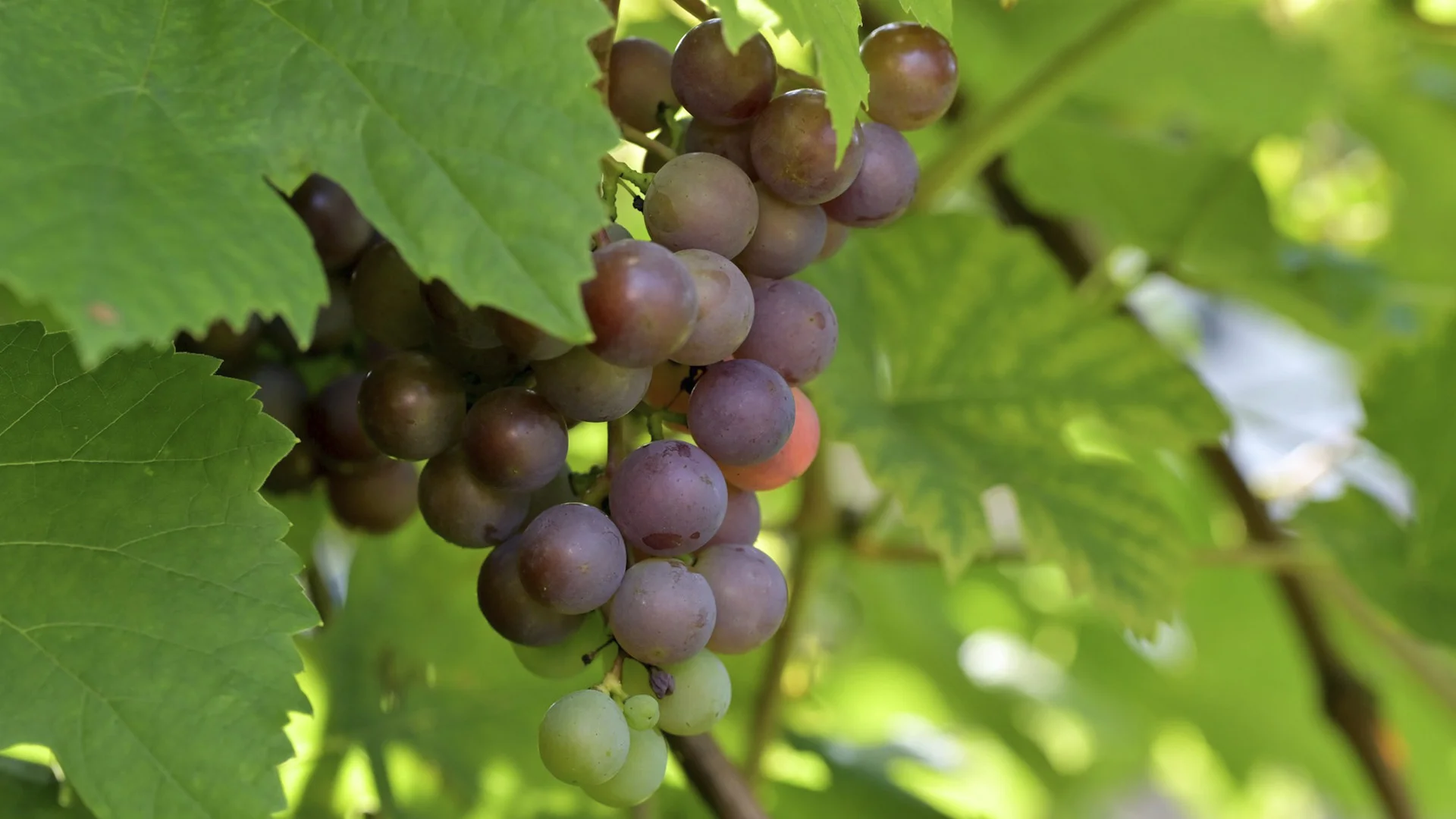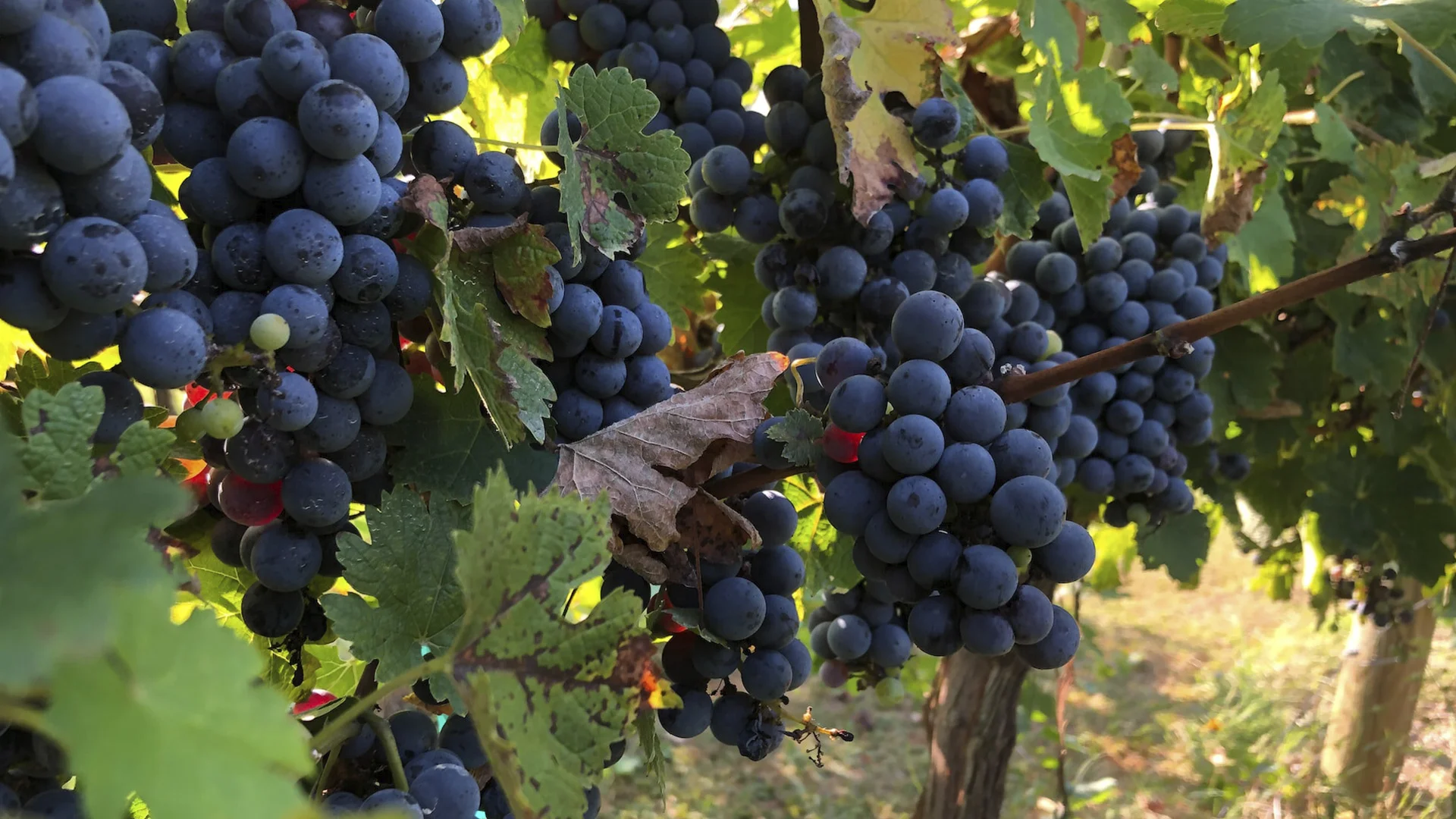
Chardonnay, often called the 'queen of the white grapes', the 'grand dame', has etched an undeniable mark on the global wine tapestry. The grape's journey traces its roots back to ancient viticultural practices, unraveling a rich tapestry of history, flavor, and economic impact. At the intersection of culture, agriculture, and commerce, Chardonnay has emerged as a testament to the evolving art and science of winemaking.
As we embark on this in-depth exploration of the Chardonnay grape, we will unearth the layers of its storied past, celebrate its present-day accolades, and eagerly anticipate the future innovations it promises to bring to the wine world. Through the annals of history and the vast expanses of vineyards it graces, Chardonnay stands not just as a grape but as a symbol of the timeless interplay between nature and human craftsmanship in viniculture.
With an illustrious reputation that travels through vine-laden hills, sun-kissed valleys, and some of the world's most celebrated wine regions, the Chardonnay grape stands as a testament to the art of winemaking. Known for its adaptability, resilience, and exquisite flavor profile, Chardonnay is pivotal in producing a diverse spectrum of wines, ranging from crisp and effervescent sparklings to voluptuous and oaked whites.
The Chardonnay grape is a green-skinned grape variety originating from the Burgundy wine region of eastern France, an area revered for its viticultural heritage. Its journey from the ancient soils of Burgundy to every corner of the globe is a narrative steeped in history, innovation, and a relentless pursuit of quality and expression.
Šardone (MKD, BIH), Pinot Chardonnay (ARG, MKD, BIH, AUS, CAN, CHL, RUS), Chardonnay Blanc (MKD, HUN), Morillon, Feinburgunder, Chardonay, Weiss Klewner (BIH), Pinot Giallo (BIH), Pinot Blanc (MAR), Pinot Blanc a Cramant (BIH), Màconnais (BIH), Chaudenet (BIH), Chardenet (BIH), Aubain (BIH), Arnaison Blanc (BIH), Ronci Bilé (HUN), Morillon Blanc (HUN), Kereklevelü (HUN), Pino Blanc (MAR), Gamay Blanc (MAR), Pinot Blanc Chardonnay (ROU), Gentil Blanc (ROU).
Source: OIV
Chardonnay's hallmark is undeniably its versatility. It is the most widely planted of the international white grape varieties. In 2015, its vineyard area covered 210,000 ha across 41 countries, and that count is steadily rising every year. The grape possesses a unique ability to mirror the environment in which it's grown, absorbing and reflecting the nuances of the terroir. This quality makes each Chardonnay wine a liquid tapestry of its homeland. From the mineral-rich soils of Chablis to the cool, rolling vineyards of California's Sonoma Coast, the grape’s profile shifts, offering a dynamic palette of flavours and aromas to delight and surprise the discerning palate.
In its purest expression, unadorned by oak, Chardonnay reveals a crisp, clean character with green apple, pear, and citrus notes, often underscored by a vibrant acidity. This style, frequently found in Chablis's stainless-steel fermented and aged wines, delivers a refreshing and straightforward interpretation of the grape, a delightful companion to seafood, salads, and light fare.
When Chardonnay encounters oak—either during fermentation or aging—the wine transforms. The wood introduces an array of complex flavors, including vanilla, butter, caramel, and toast, weaving a rich tapestry that envelops the fruit's natural brightness. This oaked Chardonnay style, often associated with the iconic white Burgundies and many New World expressions, suits palates that crave depth, texture, and a harmonious dance between fruit and oak.
For an in-depth look into the eponymous wine, refer to our In-depth Guide to Chardonnay Wine. We answer the most commonly asked questions: What does Chardonnay taste like with a complete set of tasting notes? How to serve Chardonnay? How do oaked Chardonnays differ from their unoaked counterparts? Compare warm climate Chardonnay to cooler climate Chardonnay. How do French, California, and Oregon Pinot Noir wines differ? And so much more.
Chardonnay is a fascinating grape with a wealth of interesting facts surrounding it. Below are five fun facts that are not commonly known:
With its illustrious history and widespread acclaim, the Chardonnay grape doesn't achieve its greatness by chance. Behind every bottle lies an intricate dance of nature, grounded in soil, climate, and human intervention. Viticulture, or the cultivation of grapevines, is both an art and a science and when it comes to Chardonnay, this process is particularly nuanced. By understanding the complexities of nurturing these vines, we gain deeper insight into the makings of some of the world's most beloved white wines.
As a vine, Chardonnay is as intriguing as the wine it produces. Its growth patterns and characteristics culminate centuries of evolution and adaptation.
Every grape variety has its preferences, and for Chardonnay, the climatic and soil conditions play pivotal roles in shaping the wine's final profile.
With its thin-skinned grapes and early budding tendencies, Chardonnay faces its fair share of challenges in the form of diseases and pests.
Chardonnay, a grape of remarkable versatility, has not only journeyed across continents but has also, in its travel, managed to capture the essence of every land it graces. This essence, often termed 'terroir', is an elusive blend of climate, soil, topography, and human touch. It's a testament to Chardonnay's adaptability that it finds expression in such a variety of terrains, from the ancient soils of Burgundy to the dynamic landscapes of California.
The global map of Chardonnay is dotted with numerous regions, each contributing a unique chapter to its legacy.
The word 'terroir' is often evoked in the wine world to denote the unique confluence of natural factors that influence a grape's character. This intricate interplay is especially pronounced in the Chardonnay grape, which, like a canvas, absorbs and reflects the characteristics of its environment.

Chardonnay, known for its versatility and crisp flavors, has become a beloved choice among wine enthusiasts. But did you know that the production of this delicious grape can also be environmentally sustainable? In this section, we'll explore the world of sustainable Chardonnay grape cultivation, focusing on various eco-friendly practices that contribute to both quality wine and a healthier planet. This way, you will be able to make more environmentally friendly purchases:
Water is a precious resource, and its responsible use is paramount in sustainable Chardonnay production. Some of the practices that vineyards can use to reduce water waste are:
Biodynamic farming takes sustainability to the next level by viewing the vineyard as a holistic ecosystem. Some of the practices adopted by biodynamic winemakers are:
Minimizing the use of synthetic chemicals is a key aspect of sustainable Chardonnay grape cultivation:
When you're shopping for Chardonnay, it's essential to make informed choices that align with your values. Certifications and transparent labeling play a crucial role in helping you identify wines produced with sustainable practices:
The Chardonnay grape, with its multifaceted character, serves as a canvas for winemakers to craft wines that resonate with their respective regions' uniqueness and artistic visions. Below, we shall traverse vineyards near and far, savoring the profiles of some of the most iconic and beloved Chardonnay wines from around the globe.
Peter Michael Winery Belle Côte: Nestled in the illustrious wine-producing region of Napa Valley, the Peter Michael Winery crafts Chardonnay that echoes the finesse of Old World wines while celebrating the exuberance of California fruit. The Belle Côte is a captivating expression, bursting with aromas of tropical fruits, citrus, and a whisper of toasty oak. Each sip unveils layers of pineapple, mango, and lemon zest intertwined with vanilla and brioche, all framed by a creamy texture and a vibrant finish. Its allure lies in its harmonious integration of fruit, acidity, and oak, crafting a wine that is both accessible and sophisticated.
Leeuwin Estate Art Series Chardonnay: Hailing from the Margaret River region, Leeuwin Estate's Art Series Chardonnay is often recognized as Australia’s finest example of this varietal. With a simultaneously intense and delicate bouquet, it presents notes of pear, nectarine, and citrus, complemented by hints of toasted nuts and brioche. The palate is a dance of freshness and richness, where vibrant acidity carries flavours of ripe fruits, minerals, and subtle oak to a long, satisfying finish. This wine not only embodies the pristine environment in which it is produced but also reflects the winery's dedication to quality and expression
From the sun-drenched terraces of Burgundy to the innovative cellars of California's wine country, Chardonnay has witnessed epochs, trends, and revolutions. However, its journey is far from over. The golden-hued wine, with its myriad expressions, is poised on the brink of a new era marked by shifting preferences, uncharted regions, and trailblazing innovations. Chardonnay, with its illustrious past, is not a grape to rest on its laurels. It's a variety in motion, evolving, adapting, and continuously surprising its aficionados. As we look to the future, it's clear that Chardonnay will continue to reinvent itself, marrying its rich legacy with the promise of tomorrow. For us, the passionate consumers, the journey is bound to be exhilarating, filled with new flavors, stories, and experiences, as this timeless grape charts its course into the annals of the future.
.webp)

.webp)





















Are you interested in
collaborating with us?